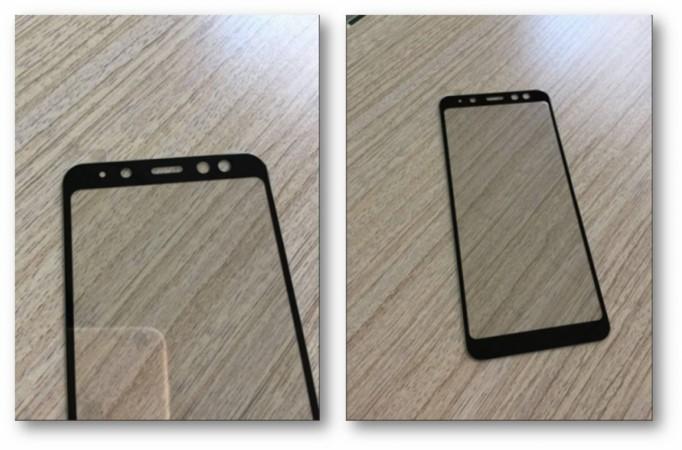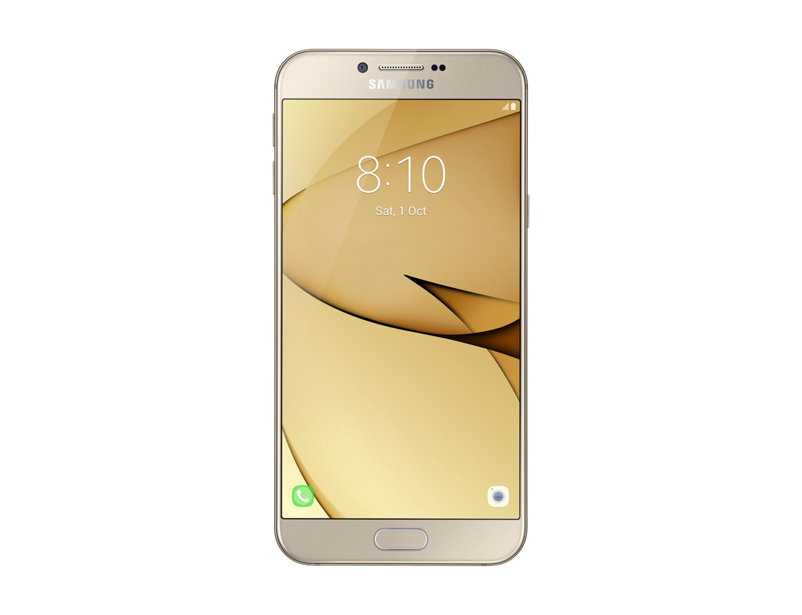
Rumours are rife that Samsung is going to unveil new Galaxy A series of smartphone in the next few weeks. At a time when the company's fans around the world are waiting for the new handsets to debut, a new report claimed on Sunday that the most advanced smartphone of the series, the Galaxy A8 (2018), will come with some significant design changes to surprise consumers.
Similar to the upcoming Galaxy A5 (2018), the more expensive Galaxy A8 (2018) is also expected to feature a bezel-less design. The latest information is based on an alleged leaked front panel of the device, which clearly shows that the handset will have thin bezels.
Another noteworthy design change is the inclusion of a dual-camera setup on the front for taking selfies. Front-facing dual cameras are not something new to the smartphone industry as a lot of Chinese smartphones already have that feature.
However, it will still be a unique feature for a Samsung device as none of its smartphones has a dual selfie camera so far. In fact, the recently launched Galaxy Note 8 was the South Korean tech giant's first smartphone to feature a rear dual camera setup, which has now become a mainstream trait.
The leaked Galaxy A8 (2018) panel also shows that the device will lack the home button, which in turn suggests that the fingerprint sensor could be shifted to the back side of the phone.
Last week, alleged case renders of the Samsung Galaxy A5 (2018) appeared online, suggesting that the device may feature the Infinity Display just like the higher Galaxy S and Note series, but without the curved edges.
Both the upcoming Samsung Galaxy A7 (2018) and the Galaxy A5 (2018) also recently received the FCC (Federal Communications Commission) certifications, followed by another approval from the Wi-Fi Alliance a few days ago.




















